With billions of smartphone users, embedded trust systems, and a fast-growing ecosystem of real-world utility apps, Pi Network is emerging as a powerful candidate to lead the next wave of decentralized innovation.
As global attention shifts toward Web3—the decentralized future of the internet—the question of which platform will drive mass adoption remains open. Among the many contenders, Pi Network stands out for having laid a solid foundation away from the spotlight.
Launched with the goal of making cryptocurrency and decentralization widely accessible, Pi Network has grown into a community of over 60 million verified users, known as “Pioneers.” As the project nears its Open Mainnet phase and the broader public shows increasing interest in blockchain-based solutions, Pi is being recognized as a potential leader in the coming digital transformation.
1. Mobile-First Design Unlocks Global Reach
To achieve mass adoption, accessibility is key. In 2025, it’s estimated that over 5.4 billion people will use smartphones. Pi Network capitalized on this trend by designing a mobile-native ecosystem—allowing anyone with a phone to mine Pi and interact with decentralized apps.
Unlike traditional crypto models that require expensive hardware and complex software setups, Pi’s lightweight mining system makes participation as simple as tapping a button. By replacing energy-intensive proof-of-work with social consensus, Pi opens the door to users in underserved regions and non-technical communities, giving billions the chance to engage with blockchain for the first time.
This mobile-first strategy gives Pi a unique advantage that few, if any, other major blockchain projects can match.
2. Trust and Identity at the Core: KYC + Trust Graph
One of Web3’s greatest challenges is trust—how to confirm identity while maintaining decentralization. Most blockchain platforms struggle with fake accounts, bots, and malicious actors.
Pi Network tackles this with its mandatory KYC (Know Your Customer) process, ensuring every user on the Mainnet is a real, verified person. Complementing this is the Pi Trust Graph, a network of social relationships and referral histories that adds community-based validation to the system.
Together, these tools allow Pi to build a secure, Sybil-resistant ecosystem, where the value is generated and exchanged by authenticated users. This framework could become a model for how identity and decentralization can coexist in a Web3 world.
3. Real Applications Powering a Real Economy
Where many crypto platforms remain stuck in speculation and promise, Pi Network has quietly nurtured a functional in-app economy through the Pi Browser.
There are now over 100 decentralized applications within the Pi ecosystem, including marketplaces, games, social platforms, and educational tools—all of which accept Pi as a method of exchange. Developers use the Pi SDK to build these tools, and initiatives like the Pi Chat Developer Channel ensure ongoing dialogue between users and builders.
These utility-driven projects aren’t just demos—they’re working parts of a growing economic system. As the Open Mainnet launches, Pi is poised to scale this internal economy into a larger, permissionless Web3 network.
4. A Strategic Slow Build—Not a Flash in the Pan
While many crypto ventures pursued fast listings and media hype, Pi Network adopted a deliberate, infrastructure-first approach. It stayed in Enclosed Mainnet for years, focusing on KYC verification, app development, governance, and platform security.
This methodical development drew criticism from some, but it now appears to be a wise move. As Web3 gains regulatory clarity and user interest surges, Pi Network is prepared to launch with real readiness—not just speculation.
Pi has avoided the burnout of overhyped projects and instead waited for the right moment—letting the world catch up to its vision, not the other way around.
Pioneers as Co-Founders, Not Just Users
Unlike traditional crypto networks where users are spectators, Pi Network treats every Pioneer as a co-builder of the platform.
From mining and KYC participation to app testing and social referrals, Pioneers have played a hands-on role in shaping Pi’s value. This bottom-up model redefines user participation—not just as consumers, but as contributors to a decentralized economic infrastructure.
This community-driven approach has helped Pi form one of the most committed user bases in crypto, marked by high engagement and long-term involvement.
What’s Next: Open Mainnet and Beyond
The upcoming Open Mainnet will be a turning point for Pi Network. This transition will allow external integrations, exchange listings, and interaction with the broader blockchain landscape. But it also presents the real test: Can a human-powered decentralized economy scale sustainably?
Challenges remain—regulatory hurdles, scalability, third-party development, and merchant partnerships will shape the network’s future. But few projects are as well-positioned as Pi Network to tackle them head-on.
With an enormous mobile user base, verified identity mechanisms, a functioning ecosystem, and a patient growth model, Pi may quietly become the defining story of Web3’s evolution.
In a space that often chases hype over substance, Pi Network is offering something rare: access, trust, and usability—all at global scale. As the internet evolves toward decentralization, Pi might just be the bridge that brings billions along for the journey.




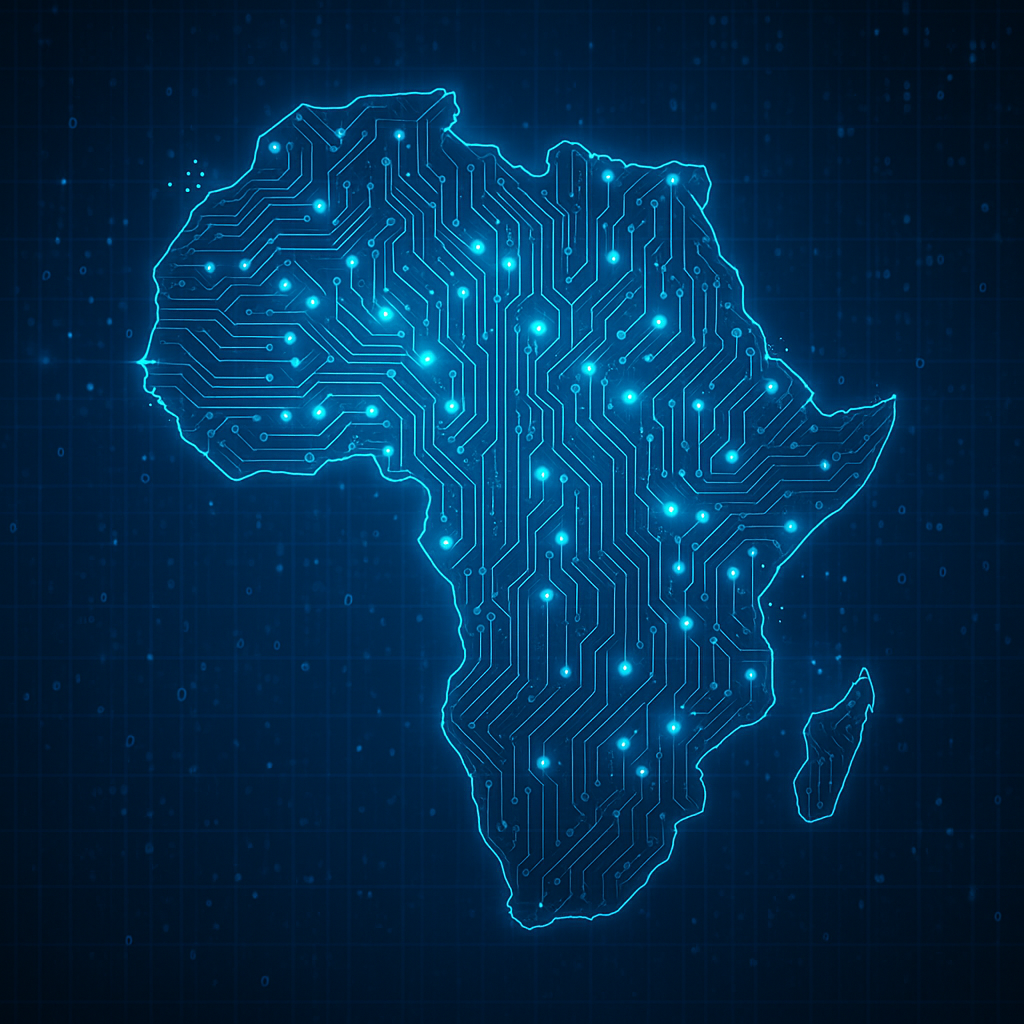

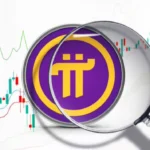


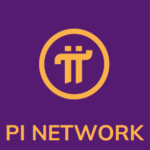
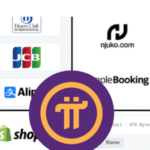



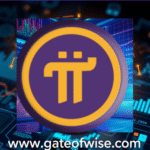
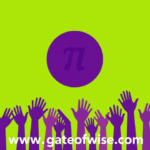


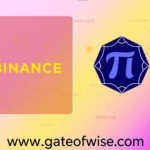


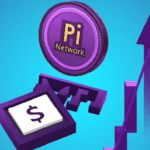

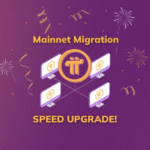


It has Nodes and supernodes that qualify it for that.
Pi network is totally different from other crypto currencies.